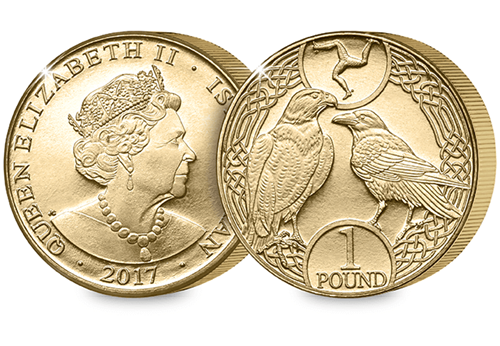1 pound coins
The rarest 50p and £2 coins revealed! UPDATED UK mintage figures.
As collectors, we often find ourselves focusing on the commemorative coins that turn up in our change, but how often do we pay attention to the definitive designs?
We wouldn’t normally combine definitive and commemorative mintage figures into one chart, however the comparative figures give us an interesting insight into the change in our pockets and actually go to show why the definitive coin designs deserve your attention…
50p Mintage Figures
Our latest charts featuring the updated commemorative coin mintage figures for circulation coins revealed the 2017 Sir Isaac Newton 50p as the second rarest UK 50p in circulation after the Kew Gardens, with a mintage of just 1,801,500. This knocked Jemima Puddle Duck off the second spot with a whopping 298,500 less coins being struck.
Change Checkers had already shown a great response to the Sir Isaac Newton coin, voting it their favourite coin design of the year in 2017. But now, as we delve deeper into the mintage figures for not only commemorative 50p coins but also the definitive designs, an unlikely rival has pipped the 2017 Isaac Newton to the post to claim the title of the second rarest UK 50p coin in circulation…

You might be surprised by the second rarest 50p in circulation…
The chart above features the mintage figures for every commemorative and definitive UK 50p coin in circulation and whilst the Kew Gardens still remains king, it came as a surprise that the second rarest 50p was actually a definitive rather than a commemorative design.
The 2017 Royal Shield 50p has a mintage of just 1,800,000 which means there are 1,500 less coins than the 2017 Sir Isaac Newton 50p. This is by far the lowest mintage figure for any definitive 50p coin, with the next rarest definitive coin having almost double the amount of coins struck – the 2008 Britannia with a mintage of 3,500,000.
Definitive 50p coin designs
Christopher Ironside’s Britannia design featured on all UK definitive coins from their first appearance in 1969 with the words ‘NEW PENCE’ inscribed above. The inscription was revised in 1982 to say ‘FIFTY PENCE’ and this design remained unchanged until 2008, when Matthew Dent’s Royal Shield design was introduced, featuring the third and fourth quarters of the Royal Arms.

It comes as no surprise that the majority of the definitive designs can be found towards the bottom of the chart, with the most common UK 50p in circulation being the 1997 Britannia. The old larger 50p and this smaller one were both dated 1997, however the larger coin was only struck as year sets, whereas the smaller circulated in very large numbers, with a mintage of 456,364,100.
The fact that the 2017 Benjamin Bunny commemorative 50p features in amongst the definitive designs goes to show just how many of this design were struck and how likely you’ll be to find one in your change.
We haven’t included the Olympic 50p coins in the mintage chart as this was a specially struck series, with low mintages figures for each coin. You can see the Olympic 50p mintage figures here >>
£2 Mintage Figures
When it comes to the £2 coins, the Commonwealth Games are some of the rarest in circulation. In fact, all four coins would be sat at the top of the mintage charts if it wasn’t for two 2015 coins…

The rarest definitive £2 coin revealed…
Many collectors will be aware of the 2015 Navy £2‘s low mintage figure of 650,000, making it the third rarest UK £2 coin in circulation, however many of us may not know that this coin is in fact joint third, as a definitive design from the same year also holds the same low mintage figure.
In 2015, the new definitive £2 coin was introduced, with a design featuring the Britannia, replacing the Technology design which had featured on the coin since 1997. Britannia has featured on a British coin in one way or another for more than 300 years, apart from after 2008 when she was dropped from the 50p coin. She received a welcome return to British coinage for the 2015 definitive £2, but with so few coins being struck, this coin has become the third rarest UK £2 coin in circulation.
The 2016 version of the coin had a higher mintage of 2,925,000, but this is still incredibly low when compared to the 1998 Technology £2, which has a mintage of 91,110,375.

Of course the most common £2 coin you’re likely to come across in your change is the Technology £2, which dominates the bottom of the chart. The rarest of the Technology £2 coins is actually the 2005 issue, with a mintage of 3,837,250, making it the eighteenth rarest UK £2 in circulation.
You may have noticed a lack of 2017 coins on the £2 chart as to date The Royal Mint haven’t confirmed if they will enter circulation. Based on The Royal Mint’s figures, we know that no 2017 Britannia coins were struck for circulation.
I was certainly surprised by the rarity of some of the definitive designs shown on the charts above and will be checking the dates of the coins in my change very carefully to see if I can find any rarer ones for myself, but will you be doing the same?
Your chance to own the 2017 Britannia £2
This coin wasn’t struck for circulation, however you can own this coin as part of the 2017 Royal Mint Annual set.
But you’ll have to be quick, as this set is no longer on sale at The Royal Mint.
Your January 2019 Scarcity Index update!
Welcome to the first Scarcity Index of 2019! We’re delighted to share with you the latest update to the A-Z 10p, 50p and £2 coin indexes, so that you can see where your coins now rank.
This information has been compiled using data from the Change Checker Swap Centre (find out how it works here) and presented in the easy to use indexes below, with arrows to signify how many places up or down a coin has moved on the Scarcity Index to help you track the performance of your coins.
A-Z 10p Scarcity Index
Although the A-Z of Great Britain 10ps are notoriously hard to find, we’ve now started to see more and more of these coins being added to people’s collections on the Change Checker app, and we’re able to use this data to build up an even more accurate picture of how sought-after each design is, using our Scarcity Index.
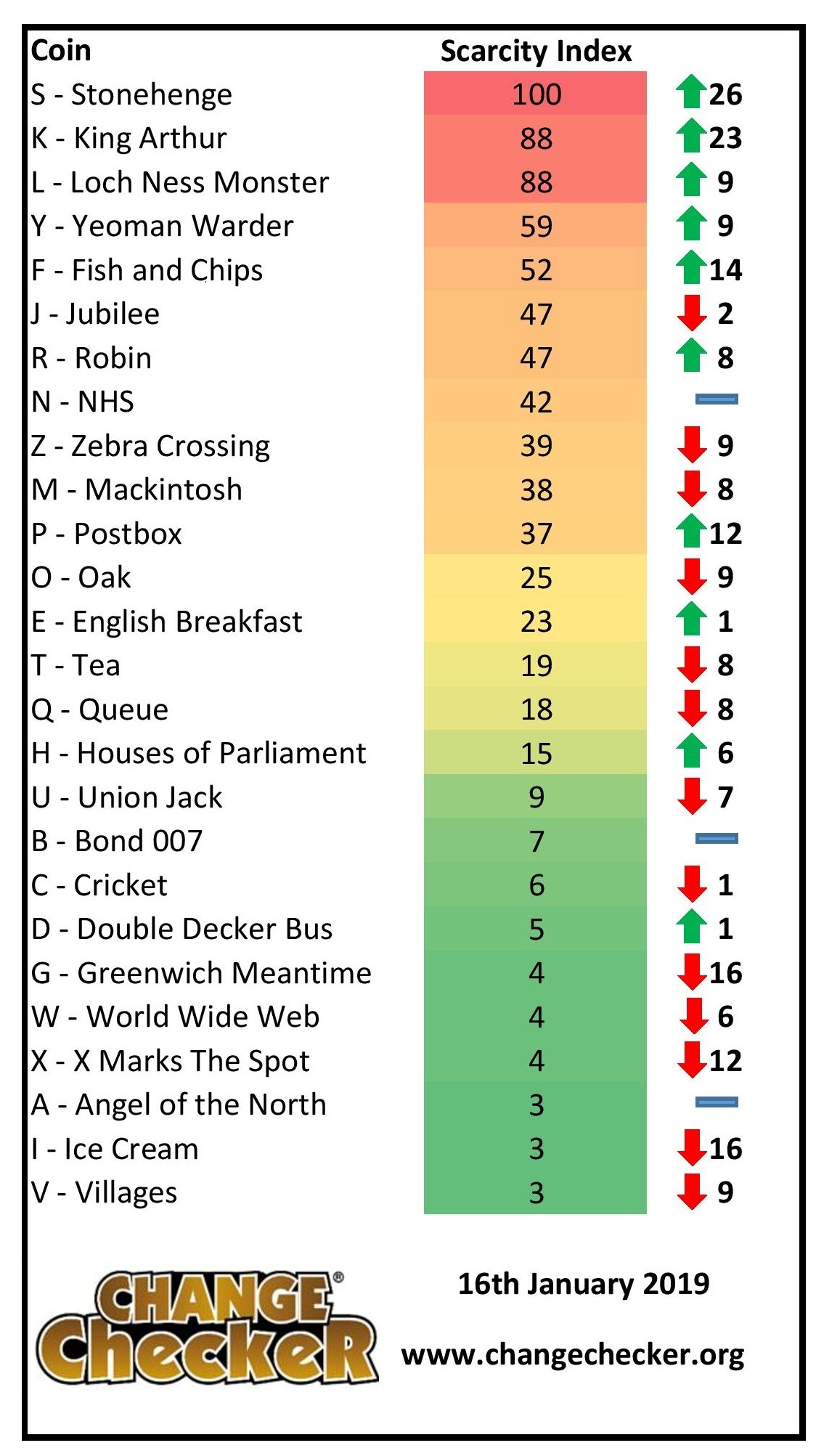
As you can see, now that we have more data to base the index on, there has been a lot of movement from the previous update. Whilst this was to be expected, we have seen some dramatic changes, in particular with ‘S’ for Stonehenge, which has jumped from the bottom to the top spot and is currently the scarcest A-Z 10p!
‘K’ for King Arthur has also jumped up by a massive 23 places and is now the second scarcest A-Z 10p. Finishing off our top 3 is ‘L’ for Loch Ness Monster, which has moved up the index by 9 places.
Down at the bottom of the index, we’ve seen ‘V’ for Villages drop 9 places, ranking it as our most common A-Z 10p. There was a 16 place drop for ‘I’ for Ice Cream, making it the second most common amongst Change Checkers. And finally, sitting in the third to last spot is ‘A’ for Angel of the North, which is actually one of only three coins to remain in the same position as the previous index.
‘F’ for Fish and Chips and ‘P’ for Postbox are other coins to keep your eye out for, as they have both jumped up significantly since the previous index.
Whilst we now have a lot more A-Z 10ps being listed in people’s collections, there are still relatively few swap requests for these coins, so it seems likely that if people are managing to find the coins, they are possibly keeping hold of them and only swapping the duplicates that they may be lucky enough to find.
The Scarcity Index will continue to become more accurate as more data is collected and the coins are swapped more often.
50p Scarcity Index
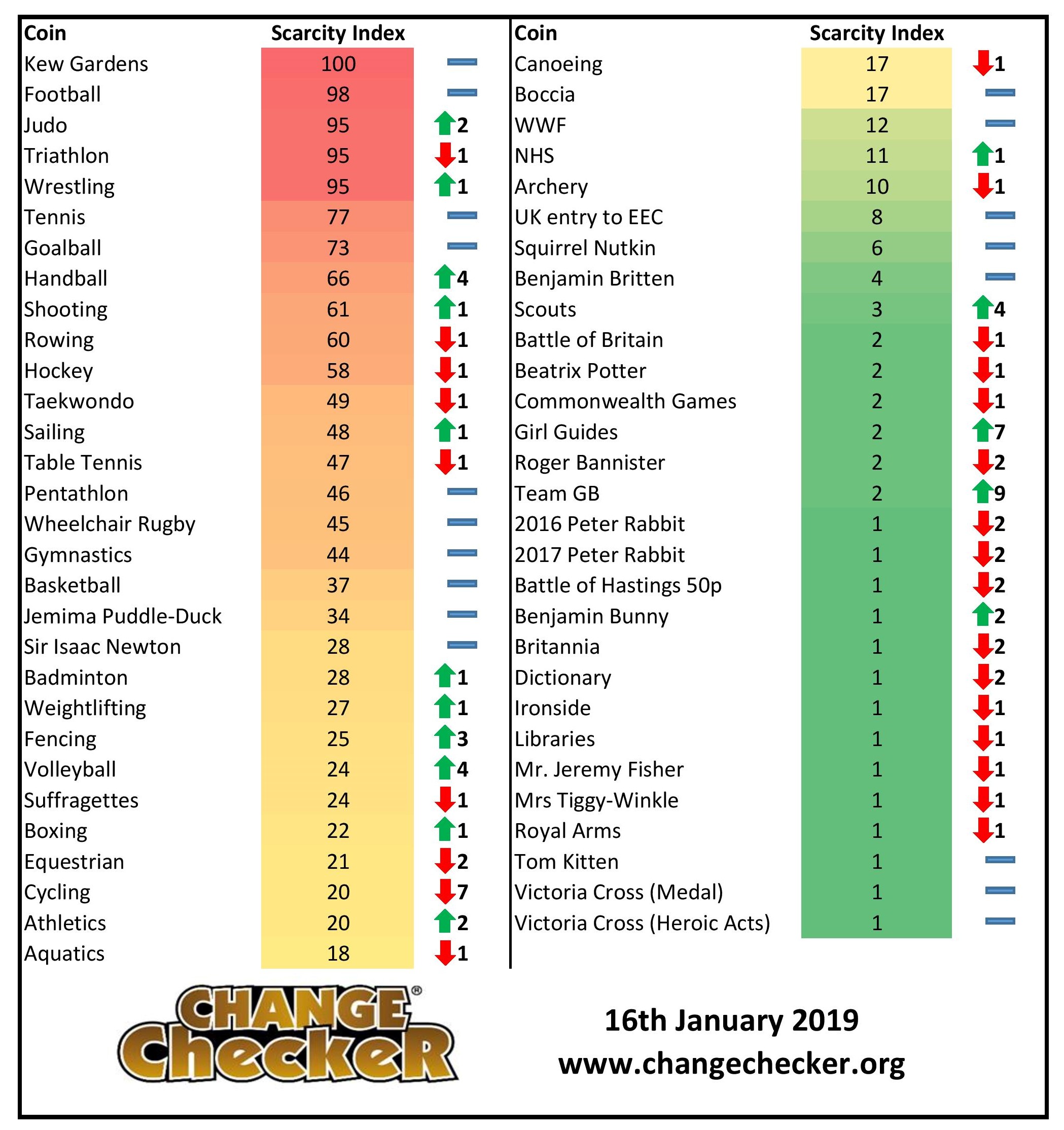
It comes as no surprise that the Kew Gardens remains king of the 50p Scarcity Index and the Olympic Football 50p still holds onto its place in second spot.
We’ve seen a bit of a shuffle amongst the Olympic Judo, Wrestling and Triathlon 50p coins, with Judo now retaking its place as the third scarcest 50p in circulation, following its fall 2 places on the previous index.
Towards the bottom of the index, we’ve seen the Team GB 50p move up 9 places, which has caused many of the lower scoring coins to move down 1 or 2 places, although our bottom 3 coins remain unchanged since the previous index.
The Girl Guides 50p has also seen a rise in scarcity, jumping 7 places up the index.
As the 2018 50p coins have now been found in circulation and are being swapped on the Change Checker App, we look forward to adding them to the Scarcity Index once mintage figures are confirmed.
£2 Scarcity Index
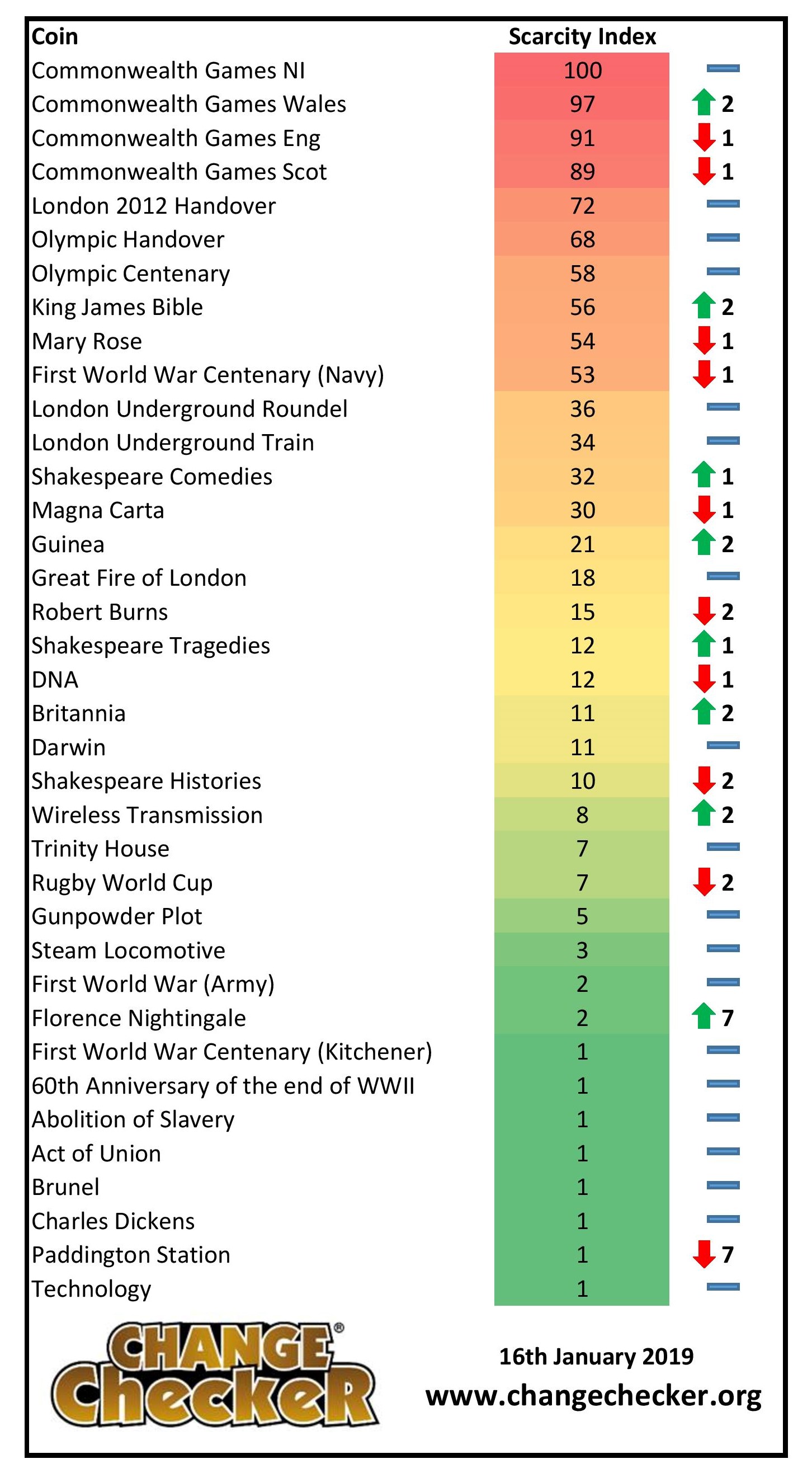
We’ve seen minimal changes on the £2 Scarcity Index, possibly due to the fact that the 2017 coins have not yet been released into circulation.
There has been a small shuffle amongst the Commonwealth Games £2 coins, however these coins remain the scarcest of the UK £2 coins in circulation due to their incredibly low mintage figures.
Whilst a few coins have moved 1 or 2 places on the index, the majority of £2 coins seem to have held on to their rating since the last update to the index, but it will be interesting to see what changes occur for the next update.
How your Scarcity Index works
Generally collectors have had to rely upon mintage figures to identify the scarcest coins. But they only tell part of the story. Trying to find a good quality coin from 15 – 20 years ago, even for a higher mintage issue, is much more challenging than a more recent issue, as coins become damaged over time and are ultimately removed from circulation.
Additionally, some designs are more hoarded than others by people who might not normally collect coins – the poignant First World War £2 Coin series being an example. Finally, it can be up to a couple of years before the Royal Mint eventually confirms the actual mintage for an issue.
That’s why we have combined the mintage information with two other key pieces of information.
- How many of each design are listed as “collected” by Change Checkers, indicating the relative ease of finding a particular coin.
- The number of times a design has been requested as a swap over the previous 3 months, showing the current level of collector demand.
Importantly, as new coins are released and popularity rises and falls across different designs the Scarcity Index will be updated quarterly allowing Change Checkers to track the relative performance of the UK’s circulation coins.
How much are my coins worth?
The Scarcity Index does not necessarily equate to value but it is certainly an effective indicator. For example, the Kew Gardens 50p coin commands a premium of up to 160 times face value on eBay.
You can use the 6 point guide to help you determine a more realistic value for your coins.
What about £1 Coins?
The £1 Scarcity Index has already been published for the Round £1 coins and, because they are no longer being issued, this is now set in stone.
If you’re interested in coin collecting, our Change Checker web app is completely free to use and allows users to:
– Find and identify the coins in their pocket
– Collect and track the coins they have
– Swap their spare coins with other Change Checkers
Sign up today at: www.changechecker.org/app
The UK’s 12 sided £1 goes global!
Yesterday the Treasury announced that the UK’s 12 sided £1 coin would be going global, as overseas territories and Crown Dependencies will soon be able to create their own bespoke versions of the coin to replace the older £1 currently in circulation.
In 2017, the new Nations of the Crown 12 sided £1 made its UK debut, described by the Government as “the most secure of its kind in the world” due to the new design, featuring intermittent milled edges and micro-engraved denomination and year date which protects against criminals producing counterfeits copies. Before this, around 1 in every 30 round pound coins were in fact fakes.

As many territories and dependencies currently circulate their own version of the older pound coin, they will now be able to protect their currency with this secure cutting edge technology. These coins will be produced by The Royal Mint to the same security standards as our UK coinage to thwart counterfeit activity.
The Nations of the Crown £1 was designed by 15-year-old David Pearce following a public competition in 2015. The design is made up of the English rose, the Welsh leek, the Scottish thistle and the Northern Irish shamrock emerging from one stem within a royal coronet to represent the four constituent countries of the United Kingdom.
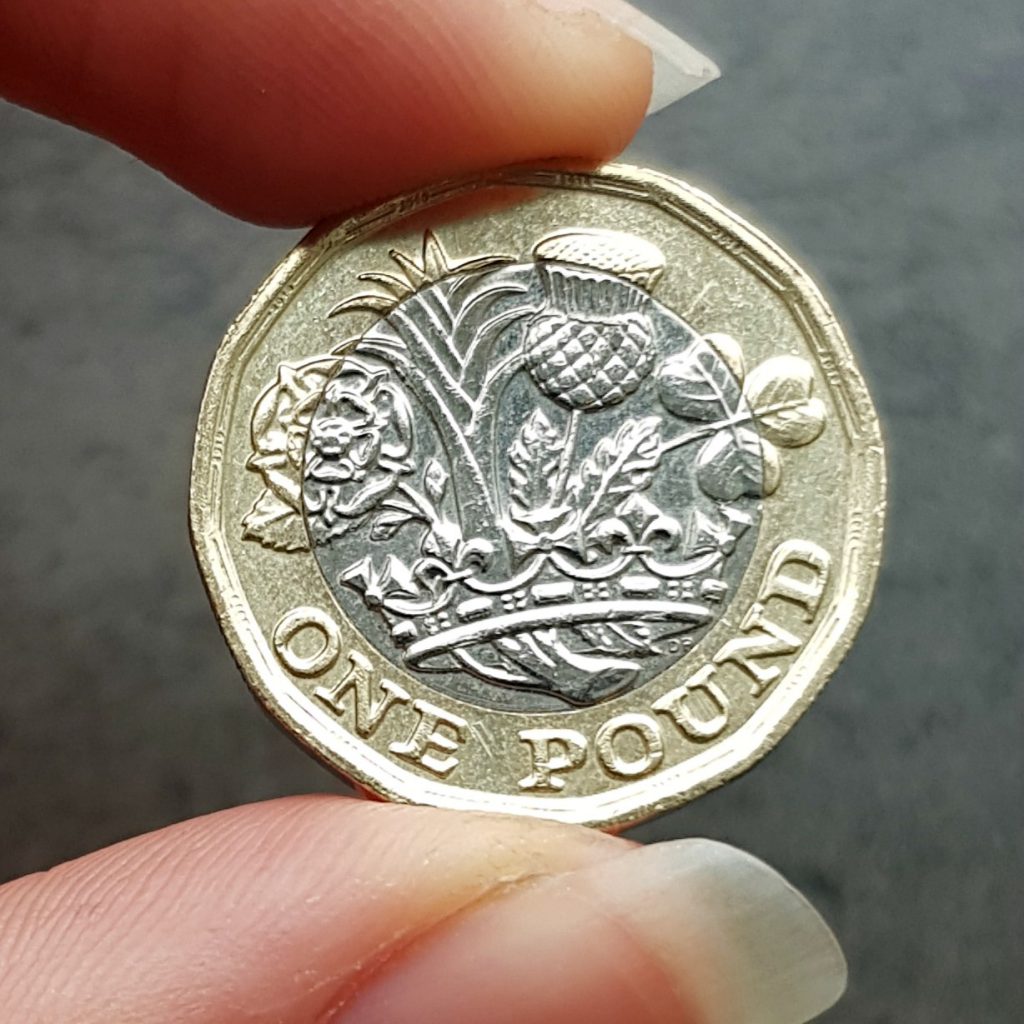
The Treasury expects the new versions struck for overseas territories and Crown Dependencies to feature images celebrating their heritage, history and culture to symbolise the close links with the UK.
Jersey, Guernsey and the Isle of Man all represent Crown Dependencies of the UK, whilst the UK overseas territories include Akrotiri and Dhekelia; Anguilla; British Antarctic Territory; Bermuda; British Indian Ocean Territory; British Virgin Islands; Cayman Islands; Falkland Islands; Gibraltar; Montserrat; St Helena and Dependencies (Ascension Island and Tristan da Cunha); Turk and Caicos Islands; Pitcairn Island; and South Georgia and South Sandwich Islands.
Robert Jenrick, Exchequer Secretary to the Treasury, said:“These new designs will reflect the rich and varying British communities across the world.”
Lord Ahmad, the overseas territories minister, said: “As well as helping to boost their identity, these new coins will also bring increased security to each of these economies.”
So Change Checkers from overseas territories and Crown Dependencies can look forward to the new coins being released soon, but what design do you think should be featured for each? Let us know in the comments below.
Is this the last Isle of Man Round Pound?
In 2017 the Isle of Man released this Raven and Falcon Uncirculated £1 Coin and following the Treasury’s update, this could now be the very last Isle of Man Round Pound!



